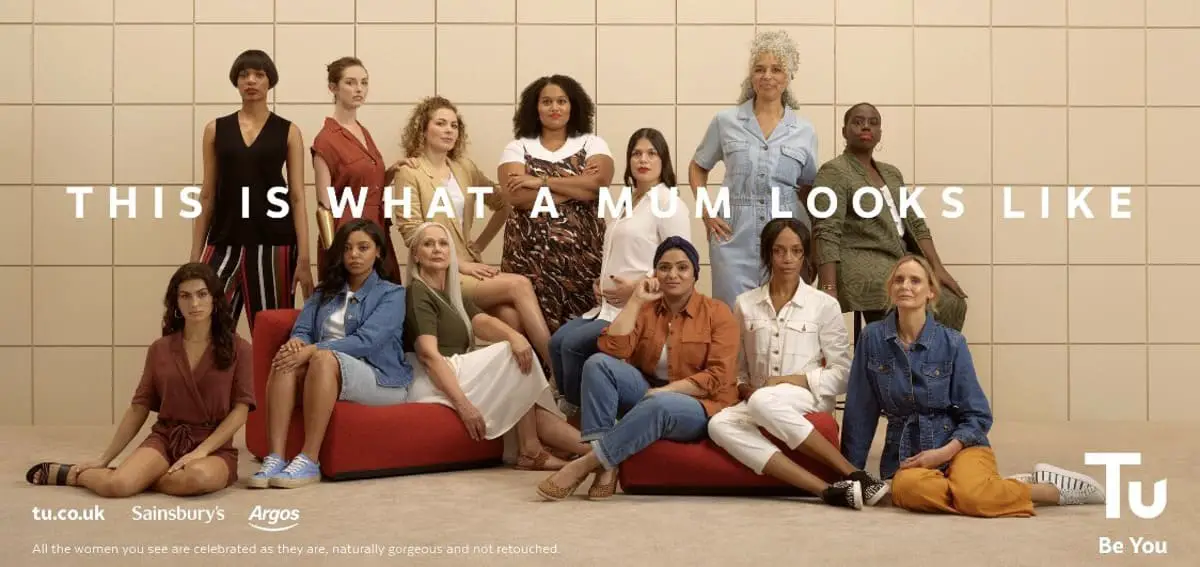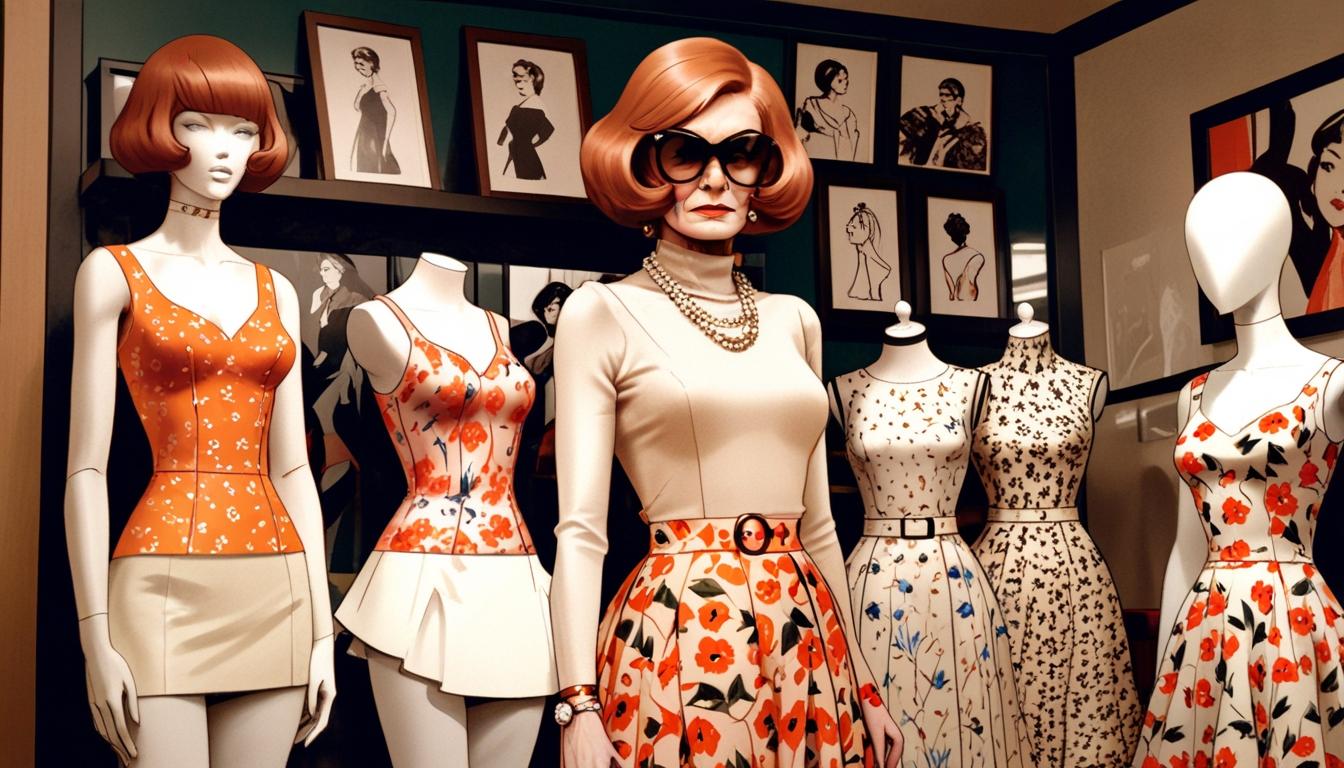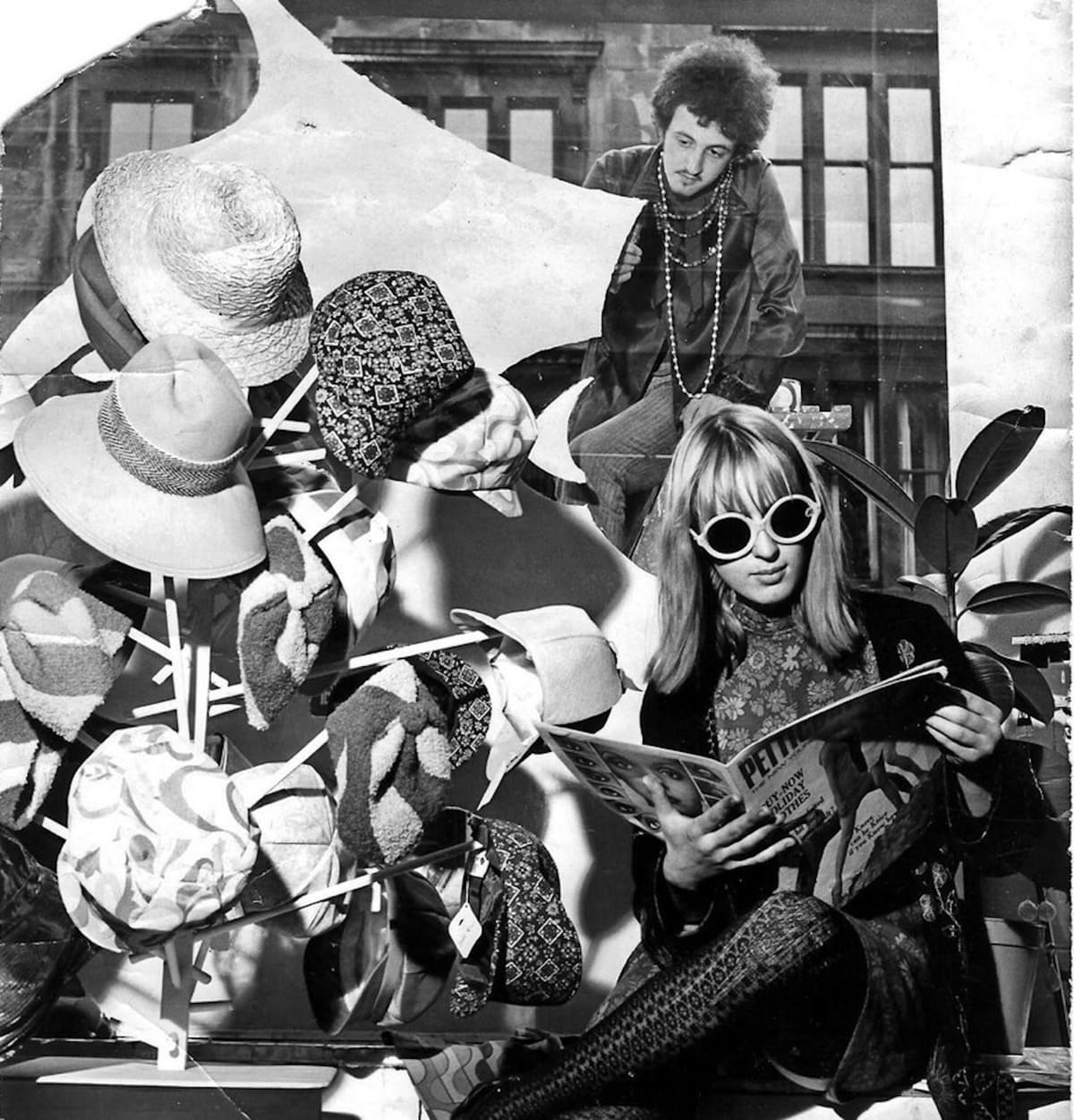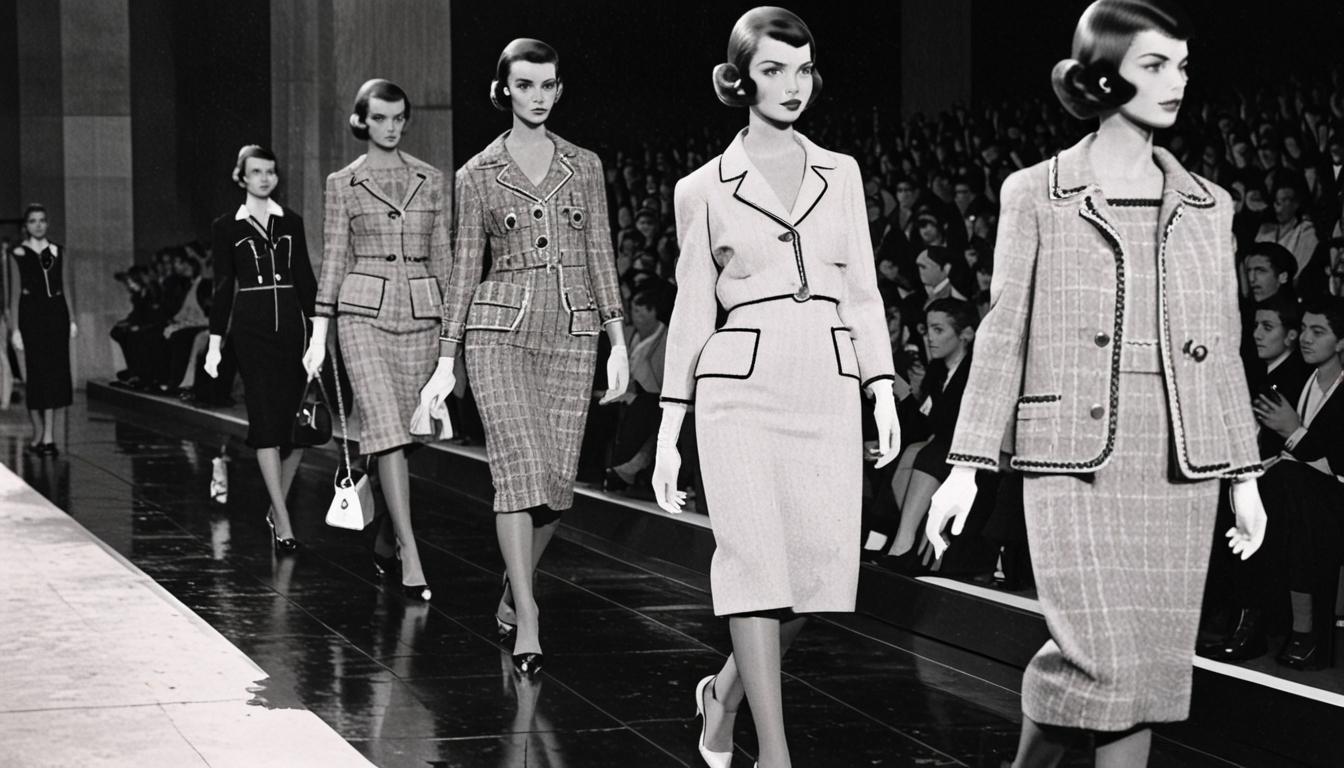Tu, the in-house fashion label of Sainsbury’s, has grown into a major player in the UK clothing market since its inception in 2004. Originally launched as a replacement for the Jeff & Co range, Tu quickly established itself as a brand that combined affordability with style, offering a wide array of clothing for men, women, and children. Its success is reflected in its position as the UK’s third-largest online clothing retailer and the sixth-largest by volume, with its lines available in over 400 Sainsbury’s stores across the country. Tu’s early years were marked by collaborations, including a notable partnership with the children’s clothing brand Adams, which helped to diversify and expand its product range.
The evolution of Tu is also a reflection of Sainsbury’s broader strategy to integrate fashion into its supermarket offerings, making stylish and accessible clothing available to the everyday shopper. The brand’s popularity soared with the introduction of celebrity collaborations, most notably with fashion guru Gok Wan in 2011. This partnership brought a fresh perspective to the brand, blending high street fashion sensibilities with the convenience of supermarket shopping. The relaunch of Tu in 2013 further solidified its position, with a new logo and a focused approach on clothing, marking a significant shift in the brand’s identity and its commitment to keeping pace with contemporary fashion trends.
Tu’s journey from a supermarket clothing line to a household name in British fashion is a testament to its adaptability and appeal. The brand’s strategic moves, such as the launch of a dedicated website in 2015 and its expansion through Argos in 2018, have allowed it to reach a broader audience and cater to a wider range of tastes and budgets. As Tu continues to evolve, its history and branding offer a fascinating glimpse into how a supermarket label can grow to become a significant force in the competitive world of fashion retail.
Tu TV Commercial
How to tell if Tu is vintage from the logo
Tu has established itself as a popular brand over the years, and its logo has undergone changes that reflect its evolution. The logos of Tu, like many other brands, serve as a window into the brand’s history and can help in determining whether a piece of clothing is vintage. Below, we will break down the key eras of the Tu logo to help you identify when a particular piece might have been made.
2000s Tu logo
- The 2000s Tu logo is characterized by a minimalistic design.
- It features a simple “TU” enclosed within a square, with both letters in capital, narrow font.
- The design is clean and straightforward, reflecting the early 2000s trend towards simplicity in branding.
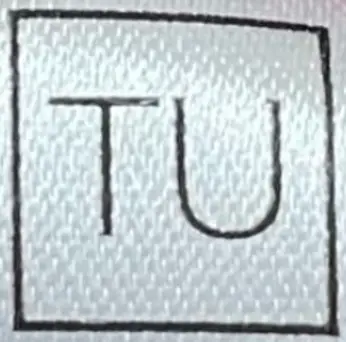
2000s Tu logo
2010s to now Tu logo
- The 2010s saw a significant evolution in the Tu logo design.
- The updated logo features the letters “T” and “u,” with a more modern and bold style, where the “u” has a distinctive curve at the top right.
- This logo reflects a more contemporary approach, with a focus on sleek and dynamic design elements that align with modern fashion aesthetics.

2010s to now Tu logo
How to tell if Tu is vintage from the tags
Tu, a popular fashion brand, has seen a notable evolution in its garment tags over the decades. From the early days of minimalistic designs to the more modern, detailed tags, these labels provide insight into the era a piece belongs to. Below is a guide to identifying vintage Tu clothing through its tags, based on the decades provided.
Can’t identify those vintage tags or labels? Upload a picture on our vintage tag identification page, and we’ll help you out!
2000s vintage Tu tags
- Features a square design with the “TU” logo prominently displayed.
- Minimalistic approach with the logo often enclosed in a square or rectangle.
- Tags are generally plain, with some showing basic information such as size or material composition directly below the logo.
- Some tags include the logo embossed or printed in a monochrome style, reflecting the minimalist trend of the era.
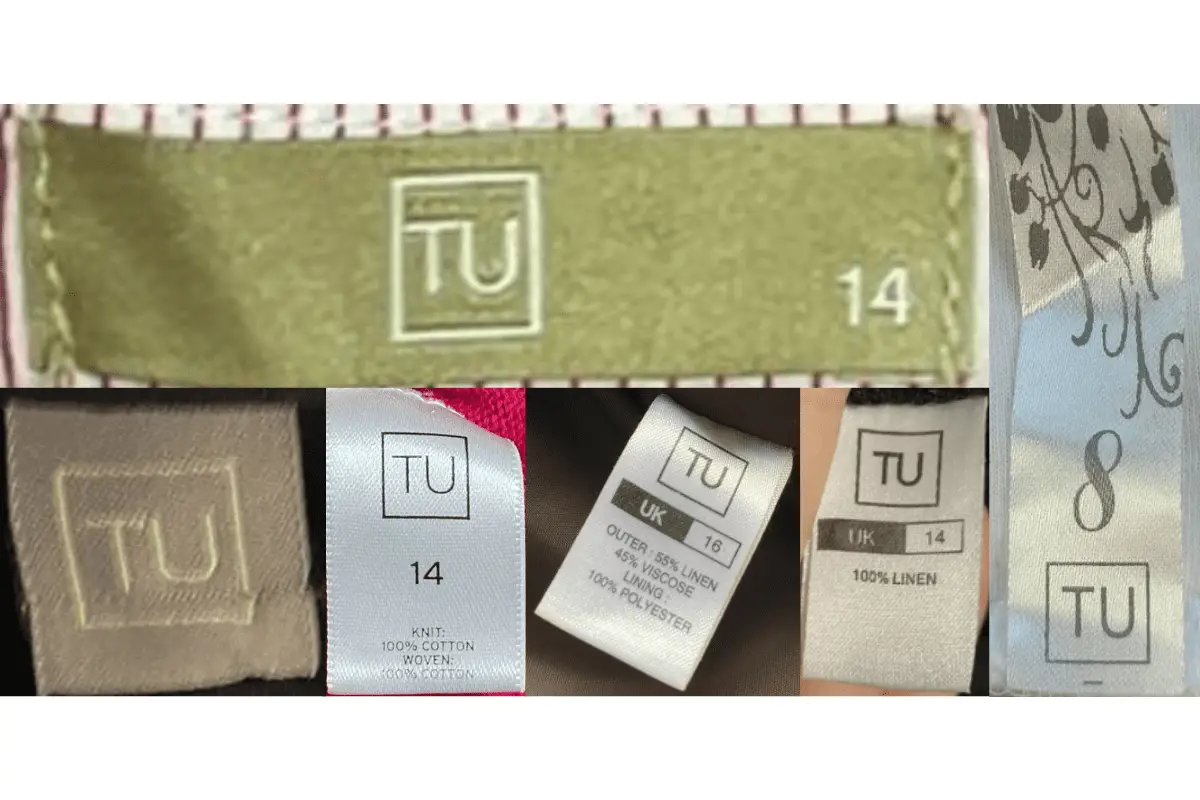
2000s Tu tags
2010s vintage Tu tags
- Introduction of more detailed tags with specific descriptors like “WOMAN,” “KIDS,” or “MAN.”
- Tags often include additional branding elements like “PREMIUM CLOTHING” or phrases highlighting the garment’s comfort and versatility.
- More variation in tag shapes and sizes, with the logo remaining a central feature but accompanied by more extensive information.
- The use of different materials for tags, including fabric and woven styles, is common in this period, reflecting a more diverse approach to branding.
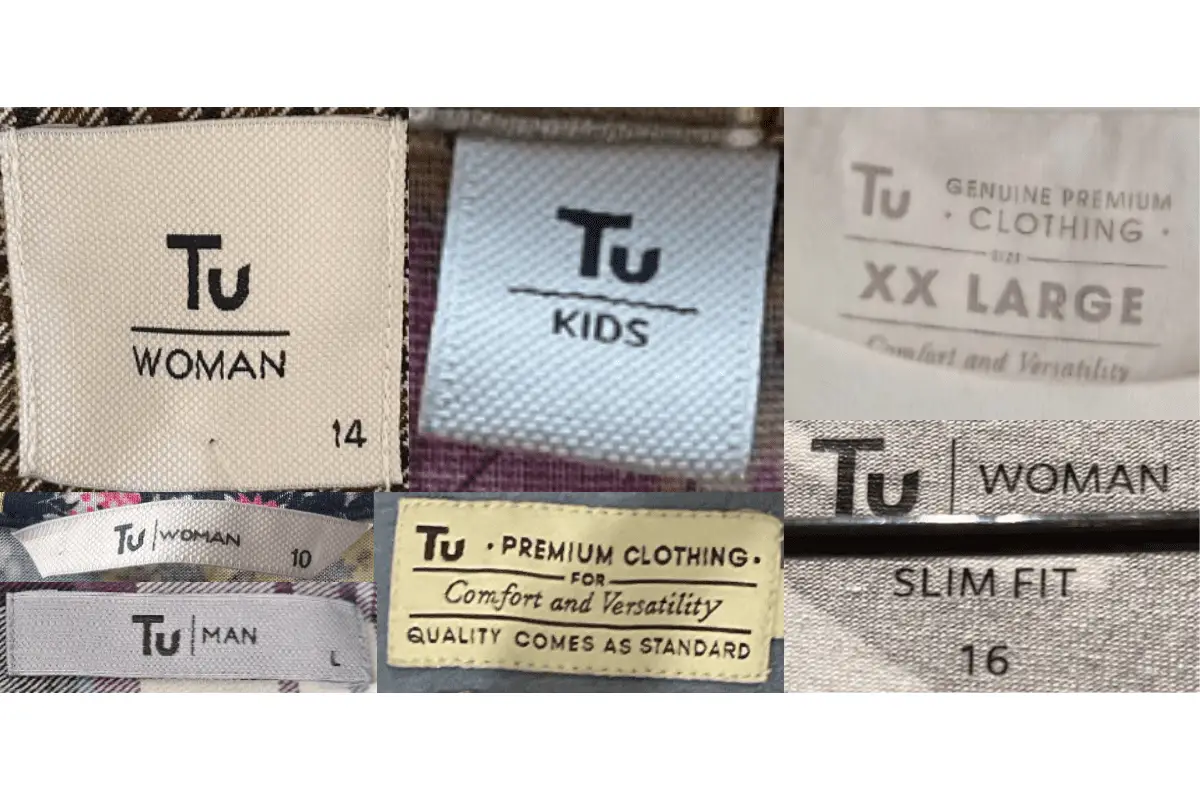
2010s Tu tags
